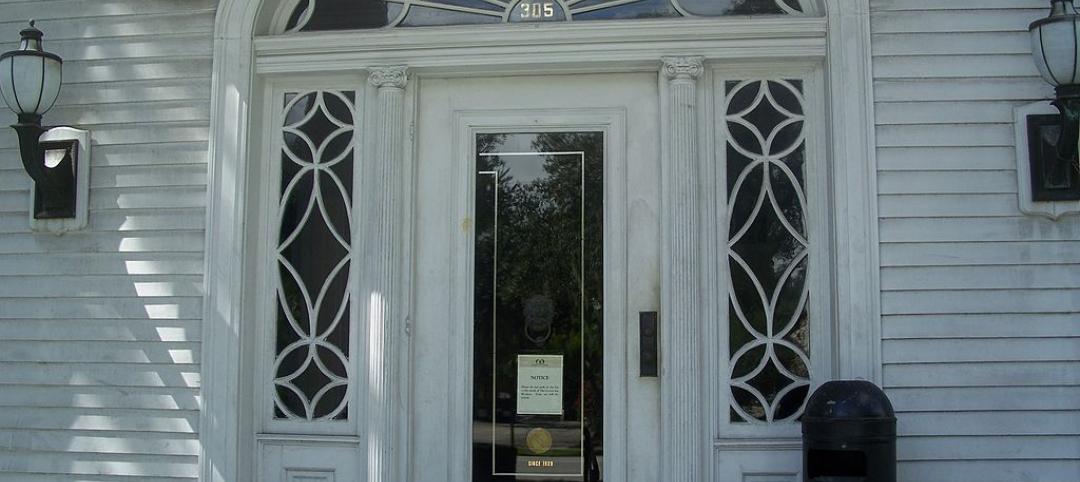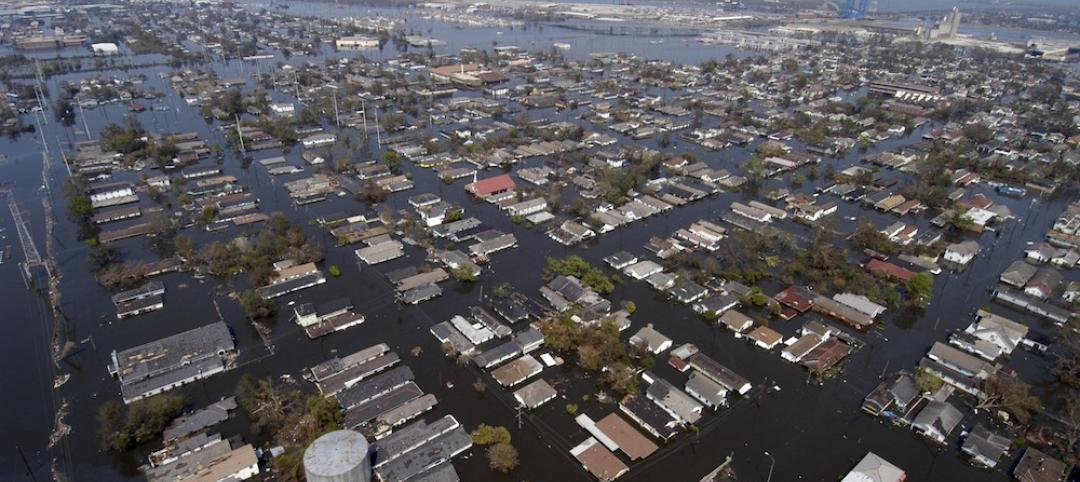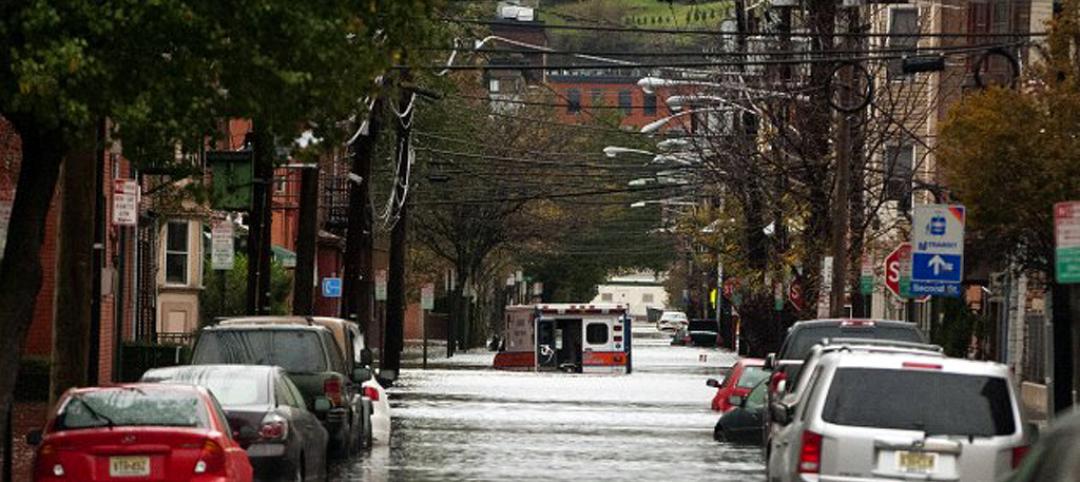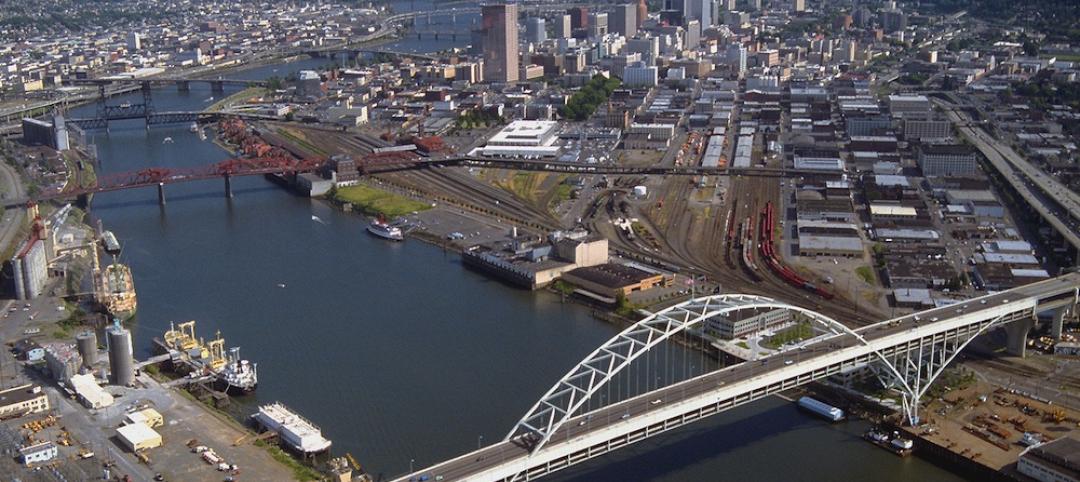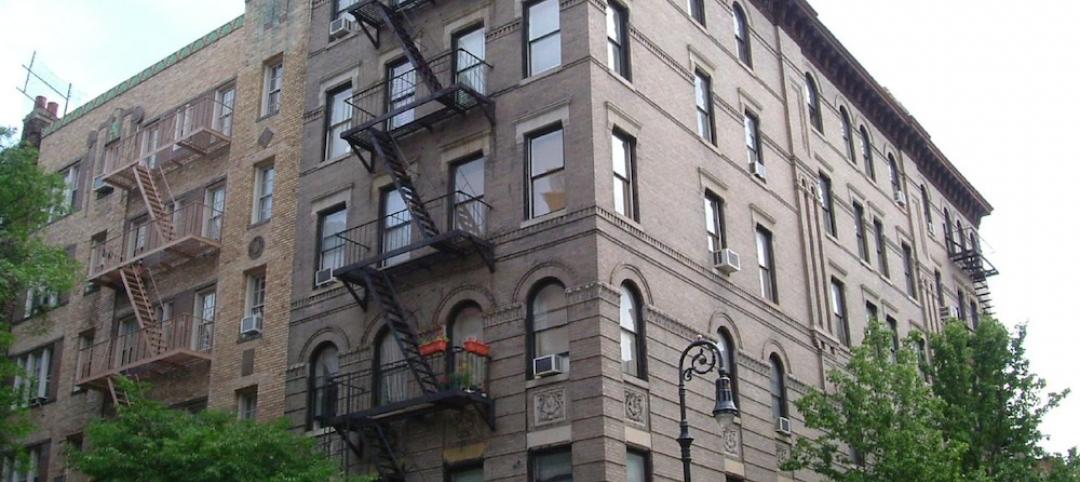Each year, billions of dollars in damage to building foundations and structures is caused by shrinking and swelling behavior caused by clay soil.
In fact, expansive clay soil is the most predominant geologic hazard across the U.S. Several geotechnical solutions can alleviate these problems. On new construction, the options are: removal and replacement, capping or burying the expansive material, and treatment with hydrated lime. Structural solutions in new construction include upgraded structural slabs (post-tension, waffle, mat) or elevated slabs supported on deep foundations.
For an existing structure, a forensic geotechnical study is needed to identify and quantify damages, assign causation, and make appropriate recommendations for remediation. Moisture control may be a suitable option for remediation and it is a design requirement for new construction.
In extreme cases, helical anchors and slab (mud) jacking or removal and reworking of soil below an existing structure is necessary. For paved surfaces, expansive clay soils can be remediated with thicker sections of asphalt, reinforced concrete pavements, and lime treatment.
Related Stories
Windows and Doors | Aug 28, 2015
Newly formed group challenges Florida building code
Window, door companies oppose provisions that raise costs
Codes and Standards | Aug 28, 2015
New Orleans becoming a model for climate resilience only 10 years after Katrina
The city has moved ahead with resilience strategies that may become a model for other communities
Codes and Standards | Aug 21, 2015
Illinois governor vetoes bill that would restrict condo owners’ rights
Bill would have made it harder to sue for building flaws
Codes and Standards | Aug 21, 2015
Post-Katrina roofing codes creating more resilient buildings on Gulf Coast
Ten years after storm, notable progress on stronger roofs, IBHS says
Smart Buildings | Aug 21, 2015
Federal Alliance for Safe Homes offers plan to strengthen codes for disaster resilience
Some states losing ground on resilience, group says
Codes and Standards | Aug 21, 2015
After disease outbreak, ASHRAE legionella standard adopted in New York
City Council acts after 12 die of legionellosis
Codes and Standards | Aug 13, 2015
Research indicates major earthquake looming for Pacific Northwest
Most structures built before seismic codes instituted; extreme damage predicted
Codes and Standards | Aug 13, 2015
New York City may allow affordable housing developers to ‘double dip’ in subsidies
New York City may allow affordable housing developers to ‘double dip’ in subsidies
Codes and Standards | Aug 13, 2015
L.A. considers controversial traffic calming measures
Goal is to encourage alternative transportation
Codes and Standards | Aug 13, 2015
Proposed facility smart grid standard open for public review
Goal is common way to describe, manage, communicate about electrical energy consumptions, forecasts


